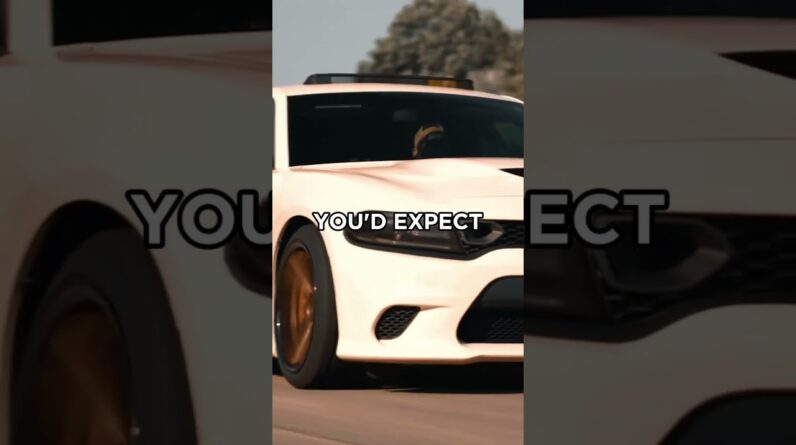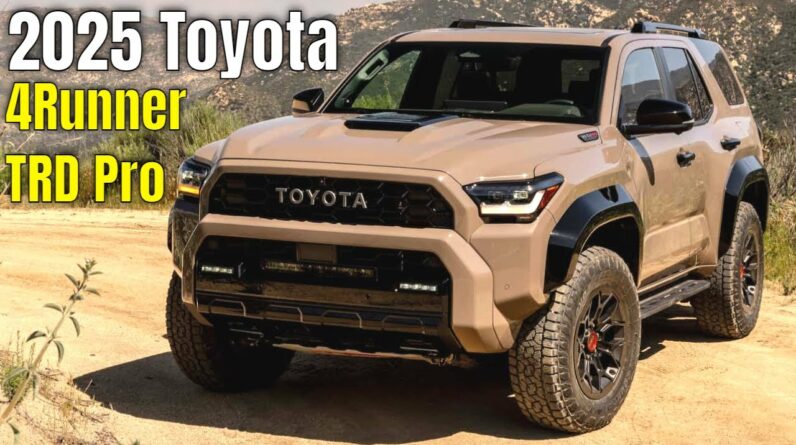Revamping the course of history poses a formidable challenge. Countless automobile manufacturers hold their logos as emblems of their rich legacy spanning numerous decades. However, in recent times, a notable trend has emerged wherein several automakers have undertaken the task of redesigning their iconic logos. This endeavor has yielded mixed results, with some achieving improvement while others falling short, yet the majority opting for an exceedingly minimalist approach.
The act of reimagining the visual representation of an esteemed brand with a profound historical background demands meticulous effort and unwavering creativity. Automakers, much like custodians of time-honored traditions, face the daunting task of reshaping their logos to resonate with the ever-evolving present while paying homage to their illustrious past. It is an arduous balancing act, where the weight of legacy must be delicately intertwined with the refreshing winds of modernity.
In recent memory, the automotive industry has witnessed a wave of logo redesigns that have sparked conversations and provoked diverse reactions among enthusiasts and consumers alike. Some alterations have been received with open arms, successfully breathing new life into the brand’s visual identity. These instances exemplify how a well-executed revamp can invigorate an automaker’s image, attracting the attention of discerning audiences and rekindling the flames of admiration.
Conversely, a few logo redesigns have fallen short of expectations, leaving enthusiasts disheartened and questioning the motive behind the change. In these instances, the minimalist approach adopted by the automakers may have inadvertently stripped away the essence and character that once defined their iconic logos. The absence of intricate details and historical references can sometimes dilute the emotional connection between the brand and its loyal followers, resulting in a sense of detachment and disillusionment.
While some may argue that minimalism is the path to a timeless and universally appealing design, others contend that a touch of complexity can infuse a logo with a distinct personality and depth. In the realm of automotive branding, the tension between minimalism and complexity persists, with automakers carefully treading the fine line between refinement and innovation.
It is worth noting that the quest for redesigning an iconic logo extends beyond visual appeal. The ultimate goal is to craft a symbol that encapsulates the brand’s ethos, philosophy, and aspirations. A successful logo redesign should resonate with the target audience, instilling a sense of trust and familiarity while simultaneously piquing their curiosity. Achieving this delicate equilibrium is no small feat and demands astute attention to detail, an understanding of the brand’s essence, and an unwavering commitment to authenticity.
In conclusion, the task of redesigning a historical emblem within the automotive industry is a formidable endeavor. The process necessitates a careful balance between honoring tradition and embracing innovation. While some automakers have managed to achieve this delicate equilibrium through successful logo redesigns, others have faced challenges in striking the right chords with their loyal followers. The pursuit of minimalism in these redesigns has yielded mixed results, underlining the ongoing debate between simplicity and complexity. Nevertheless, the world of automotive branding remains an ever-evolving landscape, where automakers continue to navigate the realms of perplexity and burstiness, striving to craft logos that stand the test of time.
Aston Martin
Audi
BMW
Buick
Cadillac
FCA
Stellantis
Citroen
General Motors
Jaguar Land Rover
Kia
Lancia
Lotus
Mini
Nissan
Peugeot
Porsche
Renault
Volkswagen
Volvo
Get More Great Car Videos – Subscribe: https://goo.gl/BSIaFc







